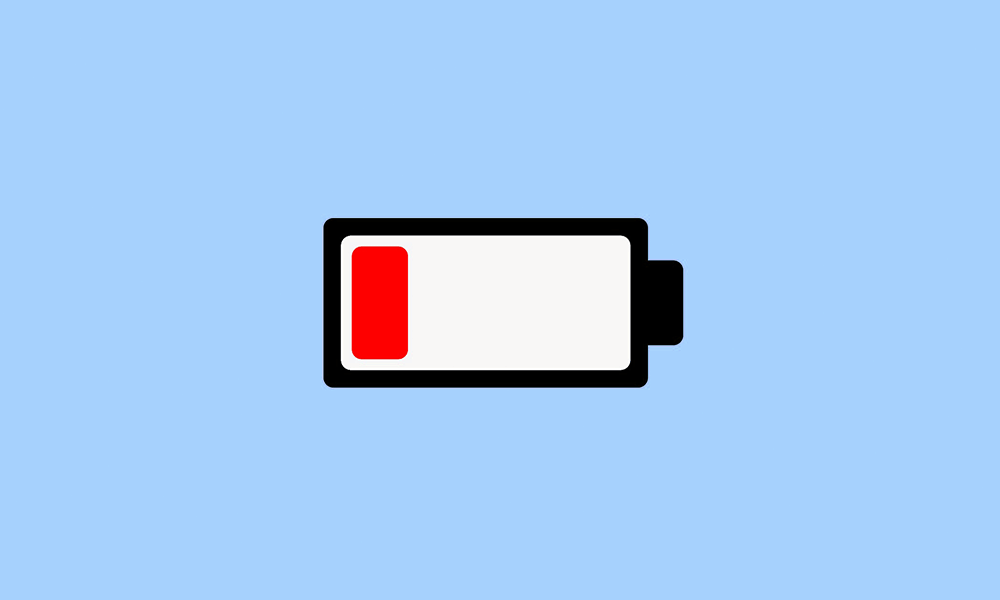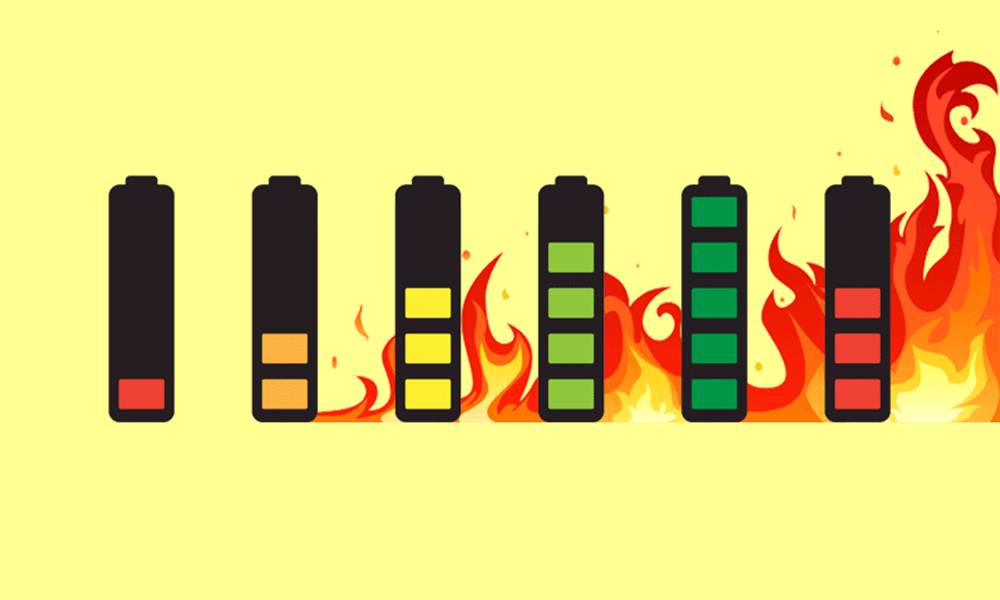A battery's capacity is only limited to its size and the technology (material) being used to make it. In this world where people are connected to the internet, this can be a problem.
And this makes manufacturers face a dilemma.
They need to choose whether they have to put the biggest battery they can so their phones can last like forever, but sacrifice usability and design, or aim for a slim and stylish design that is usable and appealing, but sacrifice battery life.
Some opt for the former, like Energizer for example, that has experimented with a gargantuan battery that literally bulked the whole phone.
Most however, opt for the latter, and hope that their phones can last at least a day in a single charge in most occasions.
While manufacturers are doing all they can, they cannot get rid of the battery life issue that plague all phones.
As a result, users have long wished that they could get more hours out of each charge of their smartphone.

There are ways to do this.
For example, manufacturers have introduced fast charging capabilities to their phones, in order to compensate the lost time users experienced without their phones.
This feature is received positively. But it should be noted that fast charging generate more heat, and heat is not a phone's best friend. As a result, some suggest that fast charging has a negative effect in a phone's overall battery health.
Going beyond the phone's hardware and its charger, there is another way to squeeze more juice out of each charge cycle.
And that is by leveraging its software.
Android packs a lot of feature. Backed by Google, the popular mobile operating system has solutions created by the many third-party developers, which promise to deliver improved battery life.
But are they any good?
Before going to the answers, there are issues.
First, there are more than plenty of apps on the Android app market that promise a better battery life.
Android developers know that battery saving feature is high in demand, making it clear that it's a space that many developers want to be in.
As a result for end users, they have too many option to choose from.
And if that is not enough, no two apps are identical, meaning that users can be overwhelmed with the solutions.
Second, apps what want to do more on users' device in order to squeeze more battery life, require rooted device, or needs ADB (Android Debug Bridge) commands to have elevated privilege to gain access to more advanced features.
This is a problem, considering that giving apps elevated privileges is a risky practice. Users are encouraged to not do this, simply because the methods are not easy to do for most users, makes devices more vulnerable to hacks and malware attacks, and more.
While apps that promise users to save battery can really use the elevated privilege to squeeze more juice, they tend to deliver a little.
Most of the time, the apps will behave more aggressively to save battery that in certain occasions. This is a good thing, but at the same time, they can slow down a phone's performance.

Because of this, it's suggested that Android users stick to the built-in Android battery saving features.
While they may not be that customizable or appealing, they tend to offer a better balance in battery life, performance, and most importantly, stability.
So users are advised to leave their Android phone's battery management to Android.
Google has given some advise about this as well on its support page, suggesting users to:
- Let your screen turn off sooner.
- Reduce screen brightness.
- Set the brightness to change automatically.
- Turn off keyboard sounds or vibrations.
- Restrict apps with high battery use.
- Turn on adaptive battery or battery optimization.
- Delete unused accounts.
Going beyond that, users should also avoid constant Wi-Fi/cellular/GPS/hotspot/Bluetooth connections, use dark mode on devices using AMOLED screens, disable sound, haptic feedback and vibration, use less brightness, and avoid using processor-intensive applications for extended times.
Until manufacturers introduce better battery, users need to stick to the above advises, or at least carry a charger or a powerbank, and save themselves the time and hassle.
Further reading: The '40-80 Rule' Battery Charging: Dealing With Lithium-Based Chemical Problems